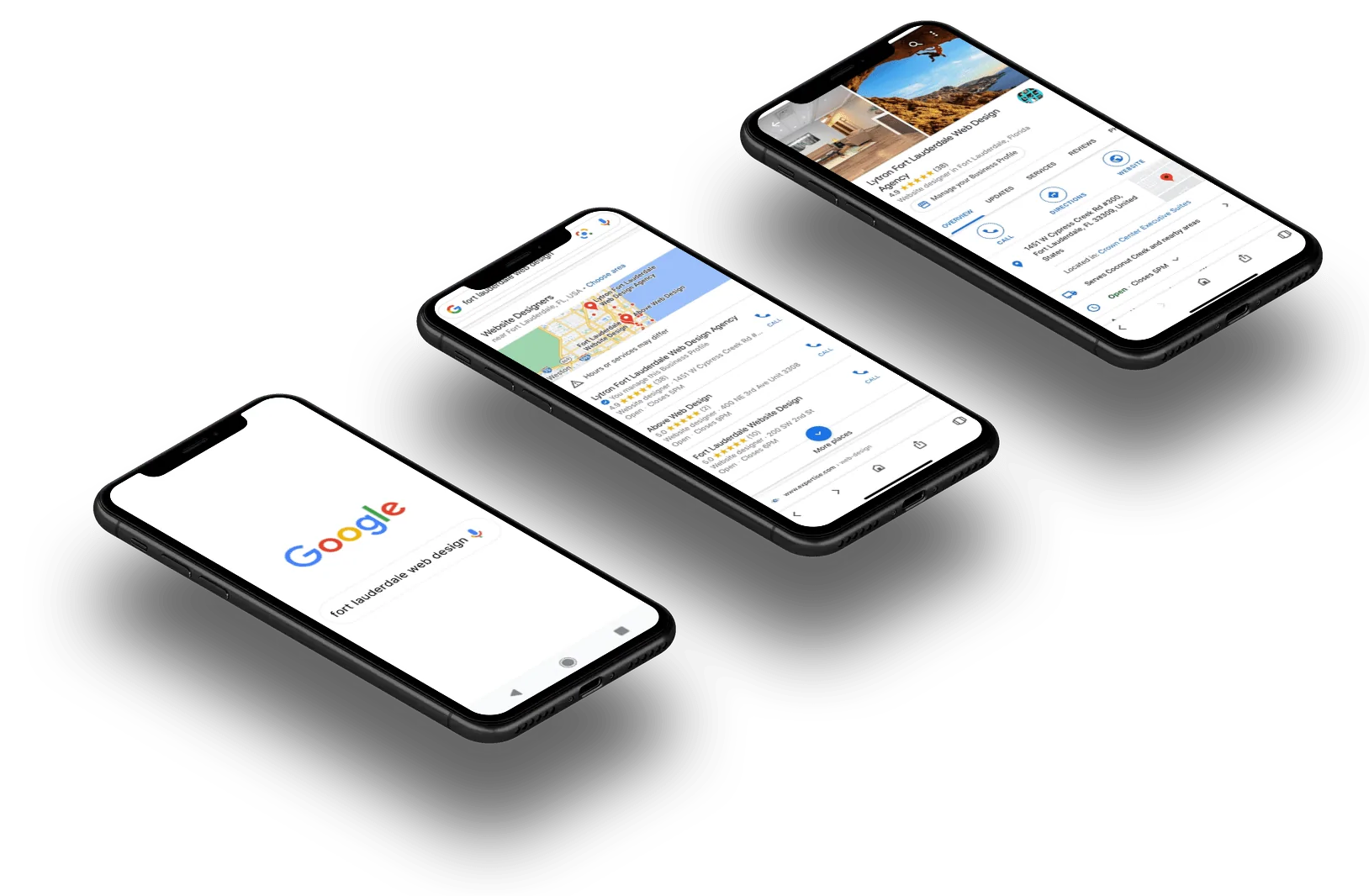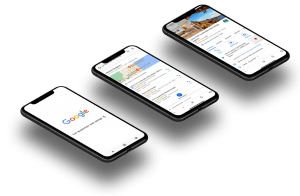
Business leaders are responsible for allocating their resources in the most efficient way that maximizes profits. So why do they so often drop the ball when it comes to prioritizing web design initiatives?
In general, too much time is spent on websites and not enough on mobile sites, even though most consumers use their phones to search for the goods and services they want way more than their laptops or personal computers. (News Flash: PCs stopped being a thing about five years ago. If you have shopped consumer electronics recently you would have known that already!)
Phones Rule
The reason is simple: Everything you could do on a computer just a few years ago you can now do on your phone — and more. Today’s smartphones are more powerful, faster, and have more inviting features than traditional computers. And you can carry them anywhere.
But the biggest change isn’t with the phones, it’s with streaming capability. Thanks to 4G — and now the nascent 5G — people can stream anything anywhere at speeds that are faster than ever before. And phone plans today are wholly affordable (remember “roaming charges”? As if!)
So if you are a CEO or business owner and are focusing most of your energy on developing a cool-looking, sleek website, that’s fine. Just make sure you also are devoting just as much of your company’s resources — if not more — to the mobile version because that’s the one most people are going to use anyway.
No Mobile? No Way!
If your company doesn’t have a mobile version of its website, what are you even doing? Living in 2005? Drop everything and get your mobile website up and running because your business can’t compete with companies that already are engaging people on their smartphones rather than on their laptops.
Moving forward, smartphones are only going to get faster, smarter, and better. Invest in your future by devoting your energy to mobile sites over traditional websites.





 When you go online to look for products or services do you sit down in front of a computer? Or do you simply whip out your smartphone? Odds are you do both — but are more likely to use your phone 66% of the time, according to
When you go online to look for products or services do you sit down in front of a computer? Or do you simply whip out your smartphone? Odds are you do both — but are more likely to use your phone 66% of the time, according to 


 On Tuesday, April 21,
On Tuesday, April 21,